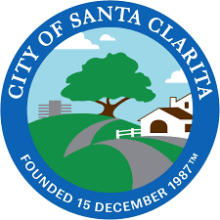Santa Maria, California's Conduit Investment Attracting ISP
The soil is frozen in many parts of the country, but that doesn’t stop plans to improve local connectivity with underground conduit in warmer regions. Santa Maria, California, is taking advantage of its conduit to bring a private provider to town.
Grapes And Gigs
Located in wine country about 150 miles north of Los Angeles, Santa Maria (pop. 106,00) has for years been installing extra conduit whenever the community needed to make street repairs or similar infrastructure improvements. Over time, they’ve established the necessary publicly owned conduit to attract the attention of a private ISP. Santa Maria recently announced that private sector ISP, Wave Broadband, will deploy a fiber optic network within the city’s conduit. The fiber optic ring will run around the downtown area and will also connect Santa Maria’s municipal facilities, including the bus yard and the landfill.
In exchange for space in the conduit and space in Santa Maria’s data center, Wave will install and own the fiber and provide Internet access to city facilities. High-quality connectivity is critical to the city’s Police Department in its work in providing communications and support to other surrounding communities. The city also plans to offer free Wi-Fi in the downtown area.
The network will support Santa Maria Area Transit’s (SMAT) pilot to bring Wi-Fi to passengers using public transportation. Riders on a limited number of routes will have access to free connectivity starting this summer and SMAT hopes to expand the program in the future.
Improving Life In Santa Maria
City leaders see the network as an economic development tool to revitalize their downtown and attract businesses. They consider the fiber optic network a step toward Smart City projects that will attract employers and a work force seeking a high quality of life. Community leaders also intend to appraise the possibility of expanding publicly owned infrastructure to other areas of Santa Maria.









